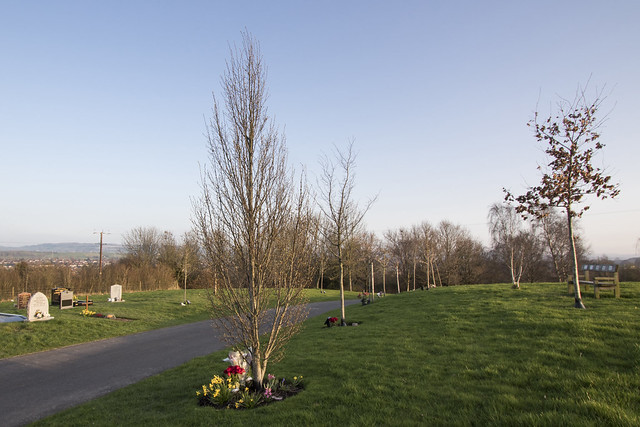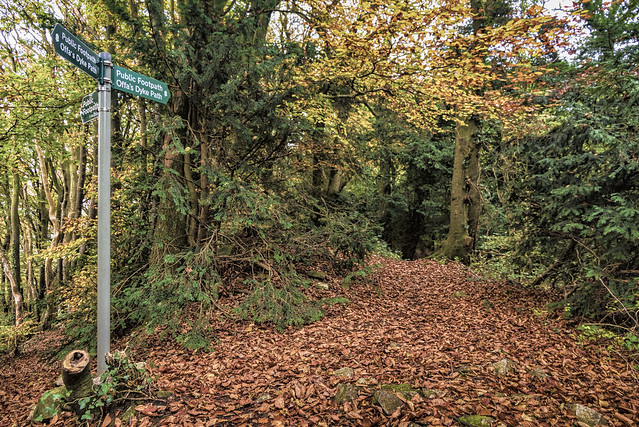The course is completed, and there have been times during the past 13 months when that has seemed unlikely. The OCA rules of leaving no more than a year between modules dictated that I had to commence the course last Spring even though from a personal angle this was far from ideal. Our youngest son Mark was ill, terminally so, and we needed to help him as well as spending as much time with him as possible. Tutor helped with encouraging comments when I very nearly gave up the course last December.
As I write this I still cannot quite take in that Mark is no longer with us. I always knew that his chances of long-term survival were not high, but there was always hope until the last few days; Mark defied the odds to live over 13 years from having a very serious primary cancer. He achieved more in his 28 years and 11 months then many of us in a lifetime. He became a doctor. He found love. He won awards: British Citizen Award; Cancer Research UK Ambassador of the Year; TopDoc; Leicester University Alumnus of the Year; and several others. Mark's CRUK fund stands at £182k and still generates more income in small steady increments.
But more than that, he was a wonderful person; everyone he knew loved him to bits. No-one could dislike him because he was so striaghtforward and personable. He leaves a huge hole in our lives that will never be closed; we just have to live with it somehow.
During this period, OCA Landscape appeared at times to be an indulgence. It is one thing having to deal with the necessities of life when a loved one is seriously ill, another to progress with what is not essential. We cannot curl up into a ball and disappear for a year, but Mark had to be at the focus of our attention in this period. The practicalities aound Mark's illness impacted on Assignment 6 in particular, as described in the relevant post.
At other times, though, the course has been quite cathartic. This is the flip side of the above: that we have to recuperate, to think about something else, to 'be normal' for a while simply so that we could better help Mark when he needed us. I was working on the feedback for Assignment 4 just two days before Mark died. And since he has died, the final two Assignments have provided a useful part of the recovery process, providing focus at times when felt down. I could have taken a few months out from the course, but at no time did we know with any certainty how long Mark would survive. Even two weeks before he died, doctors were suggesting he might live for several months. And I think I would have lost momentum; in all four courses I have had long gaps between all the modules, but once started tend to get on with the course.
Trying as hard as one can to put the personal considerations aside, I have enjoyed Landscape. I like the reading and the discussion element. I have no aspiration to be any more than a decent amateur photographer so consider the history and the analysis adds to my knowledge of photography as an evolving practice. This academic side of the subject enriches your general knowledge and appreciation of the subject. I found Assignment 4 to be challenging, but welcomed the opportunity to assemble an argument about a subject (the future of photography generally, and of Landscape imagery specifically) that interests me. I found interesting subject-matter for the other Assignments.
As Tutor noted in Assignment 5 feedback, perhaps technical execution does not match the research and thought. There is further development here, as Tutor succinctly sets out:
As Tutor noted in Assignment 5 feedback, perhaps technical execution does not match the research and thought. There is further development here, as Tutor succinctly sets out:
"...getting better (photographically speaking) is a long old journey - we’re all on it!"
I was pleased to be able to integrate my interest in human geography that has not disappeared since studying it at university in the 1970s, and my love of walking Trails, into the coursework and Assignments. Tutor mentions in Assignment 5 feedback about 'raising aspirations' such that visual work becomes as strong as written work. That could be work in progress.
If I pass this module, intention is to complete Level 2 with Digital Imaging and Culture; this module seems to fit best with my interests.










